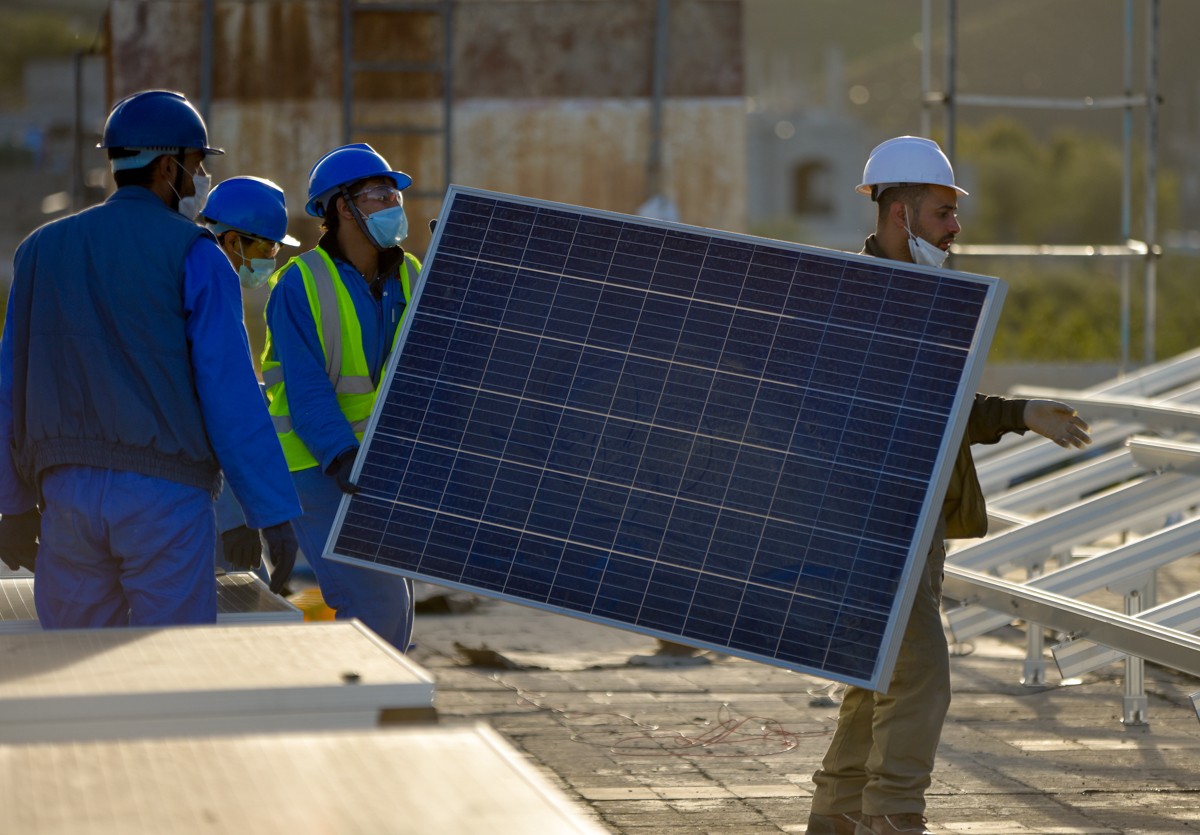4 ways to de-risk private sector investment in rural digital infrastructure
September 23, 2021

Digitalisation is happening quickly but unevenly. As previously discussed, people in the developed world are increasingly using digital tools to learn, work, socialise, and access services. But according to a recent report by the Global System for Mobile Communication, this growth in the use of digital is much slower in less developed countries, and especially in rural and remote areas.
This digital divide is driving further inequality of education, income, and opportunities between and within developed and less-developed countries and communities. COVID-19 highlighted the extent to which a lack of digital infrastructure can contribute to declines in human development during crises: those without digital connectivity suffered more severe interruptions of life routines than those who were able to more readily adapt to work and learn from home. Children in less developed countries are especially impacted by the lack of internet infrastructure, affordability, and study opportunities, girls in particular.
Rural communities, especially in less developed countries, are vulnerable to being left behind by the digital revolution. Mobile is the best way to reach underserved populations in rural areas. But according to the GSMC report, ten percent of the world – or over 750 million people – still live outside mobile coverage areas. These people are particularly concentrated in rural regions, especially in sub-Saharan Africa, which is home to 41 percent of people without either 3G or 4G coverage.
But there’s another obstacle to universal mobile access: that’s the usage gap. There are still 3.3 billion people who live in an area with mobile coverage, but are still unconnected. There can be a variety of reasons for this, including social norms or lack of knowledge. However, for many it’s an issue of cost – in many places it remains extremely expensive.
The private sector has a huge part to play in addressing these challenges. Historically, building network connectivity in rural areas has been an expensive proposition, sometimes twice as much as in urban areas. What’s more, investments in rural connectivity have yielded as little as one-tenth of the revenues as those in cities or more densely populated areas.
Connecting rural areas is not always the most attractive commercial investment, so, private sector companies have been slower than we might hope. As a result, huge numbers of rural people continue to miss out on employment, education, and the other benefits of being part of the global digital economy.
The good news is that the international community is in a better position than ever to engage with private companies to help close the digital divide by taking steps to de-risk investment in rural digital infrastructure.
One way to ensure the commercial viability of new connectivity ecosystems is to combine mobile internet rollouts with renewable energy technology. Rural areas are more likely to be far from electricity grids. Rather than spending huge amounts of money and resources expanding the grid, more and more mobile operators are constructing mobile towers that run on renewable resources like solar energy, or solar-battery hybrid solutions.
Another way to de-risk private sector investment in rural connectivity by reducing costs are revenue-sharing arrangements, like the one between Vodafone and local operator Econet in Zimbabwe. Econet raised initial capital to fund rural digital infrastructure, then partnered with Vodafone, for whom rural investment wasn’t a strategic priority. Vodafone runs the core network and has agreed to a revenue sharing arrangement with Econet. This shows how collaboration between companies of various sizes can create new revenue streams while working toward human development.
Finally, innovative backhaul solutions offer exciting new prospects for rural connectivity. Backhaul refers to connecting data from one source to another; it’s how cell towers connect to a core network. Traditionally this connection has been made through fiber optic cables, which is expensive for users and susceptible to interference from extreme weather. The VC-funded startup Astrome is developing wireless backhaul technology with the goal of connecting users in rural India, which could be a lot cheaper for the end user. Business models are still being refined – currently backhaul tech is still more expensive to install than traditional fiber optics – but costs could ultimately be offset by government subsidies, among other options.
In 2017, Astrome received a grant from the government of India worth over $400,000 USD. This points to another critical way the global community can encourage private companies to invest in rural connectivity: government subsidies. By investing in companies working to close the digital divide, a government also invests in the overall wellbeing of the communities it works for.
As the global community encourages creative new arrangements to stimulate digital investment in rural areas, it’s critical that governments and international watchdogs work closely to ensure that companies don’t prioritise profit over people as they commercially engage in low-development countries and communities.

 Locations
Locations